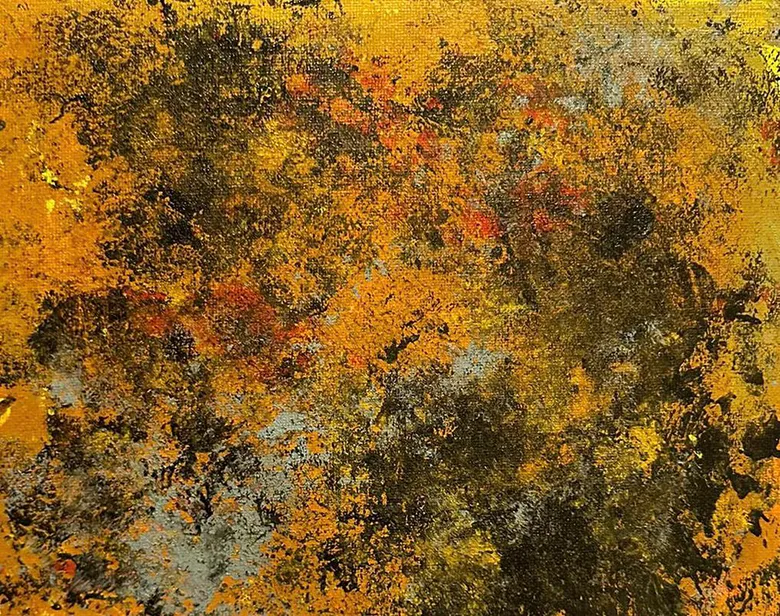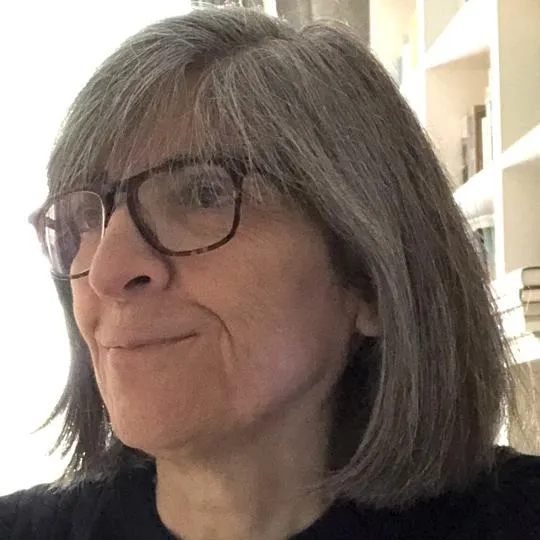Mapping Injury
Mapping Injury: The embodied, sociocultural, and material sites of political emergence, is a five-year research project, selected for the European Research Council Advanced, funded by the UKRI Frontier Research Grant, as part of the Horizon Europe Guarantee.
Led by Professor Vivienne Jabri, the project investigates ‘injury’ in its multiple iterations and manifestations and its impact on political agency and global mechanisms of response. Using case-studies in the Global South, including Colombia, Lebanon, Nigeria and South Africa, and reflecting injuries to bodies, lived spaces, infrastructures, environments and other forms, the project offers a new, interdisciplinary and relational understanding that will contribute to global discourses and practices relating to the international politics of justice.
Image credit: Max (2023)
Aims
The project aims to reveal:
1) the topographies of injury and the global entanglements implicated in their production;
2) the processes whereby injury enters political discourses;
3) the institutional responses, both domestic and international, relating to repair and redress;
4) the implications, for theory, methodology, and impact, of a project that offers an innovative approach to the politics of global justice.
Methods
The project is interdisciplinary in its conceptualisation and methodology, tracing injury as it is articulated and experienced by populations, how such experiences impact on expressions of political agency and mechanisms of response at local, national, regional, and international levels. Seeking to develop an innovative approach to the politics of global justice, and conducting research at specific sites, the project uses a combination of ethnographic, archival, documentary/textual, and visual methods in offering an analytic and a theorisation that captures the embodied, sociocultural, political and material manifestations of injury and its impact.
Visual methods are a core component of the project and will incorporate material from each of our research sites, including newly commissioned artworks. A project exhibition, one of the outputs, is scheduled to take place in 2027/28.


